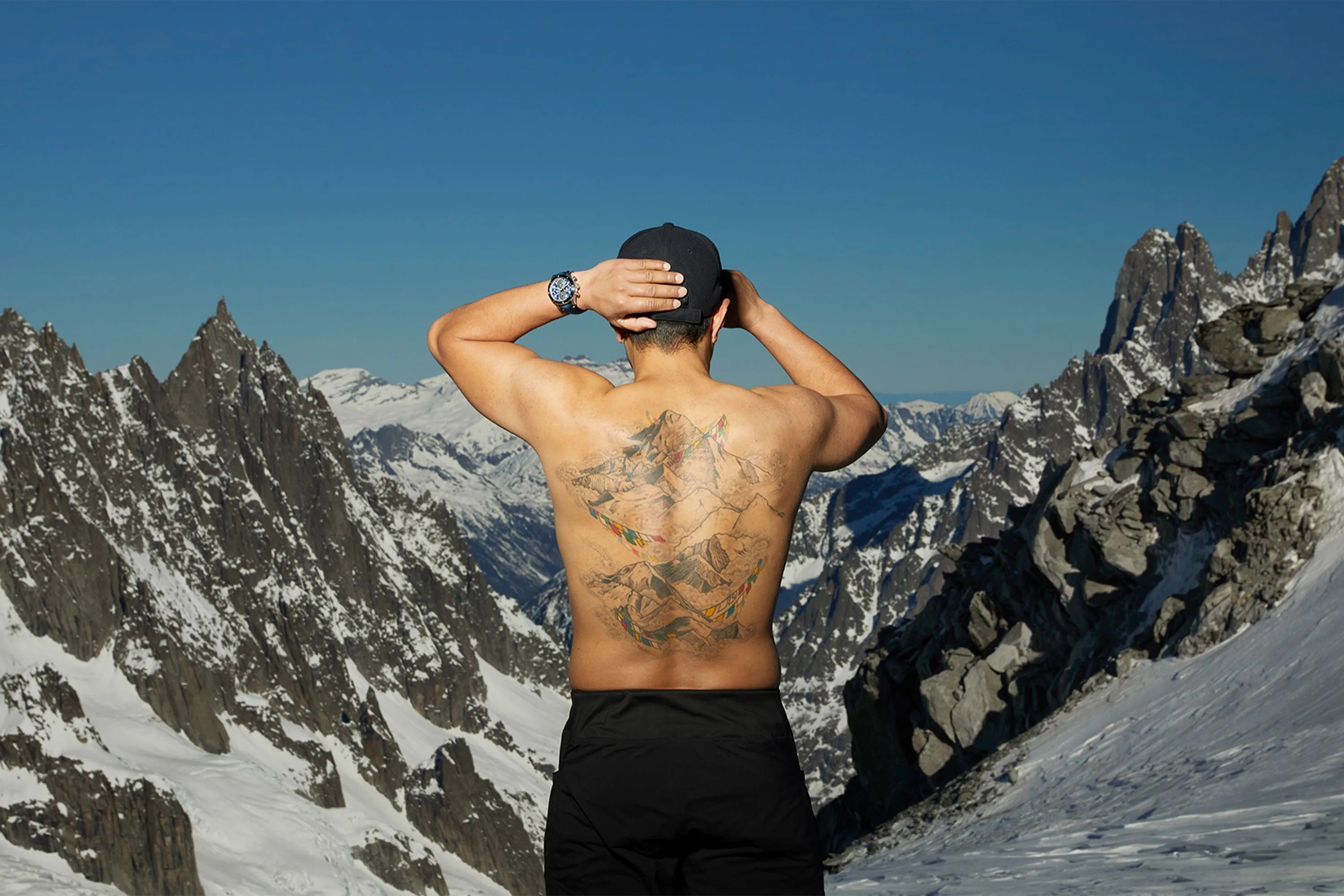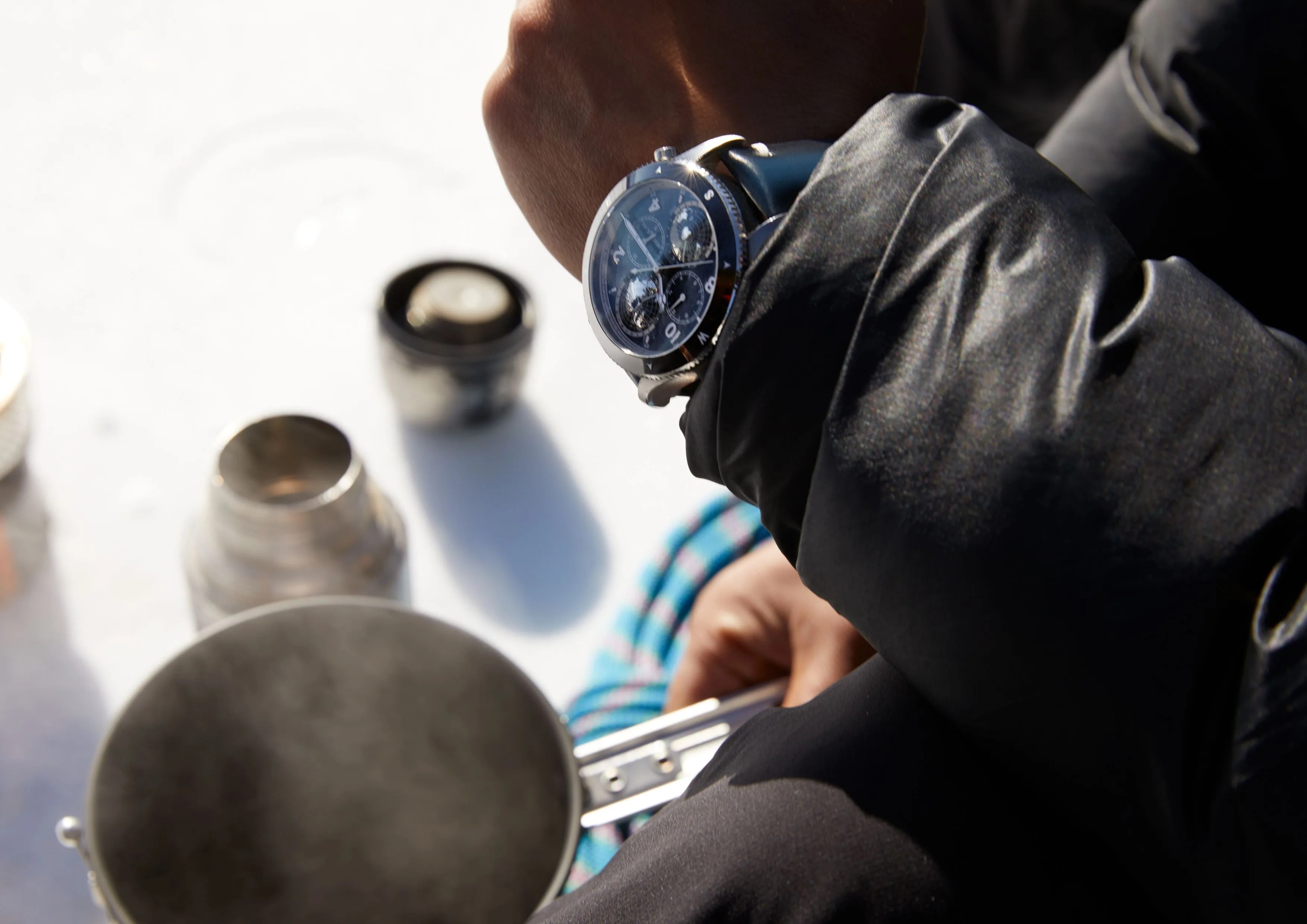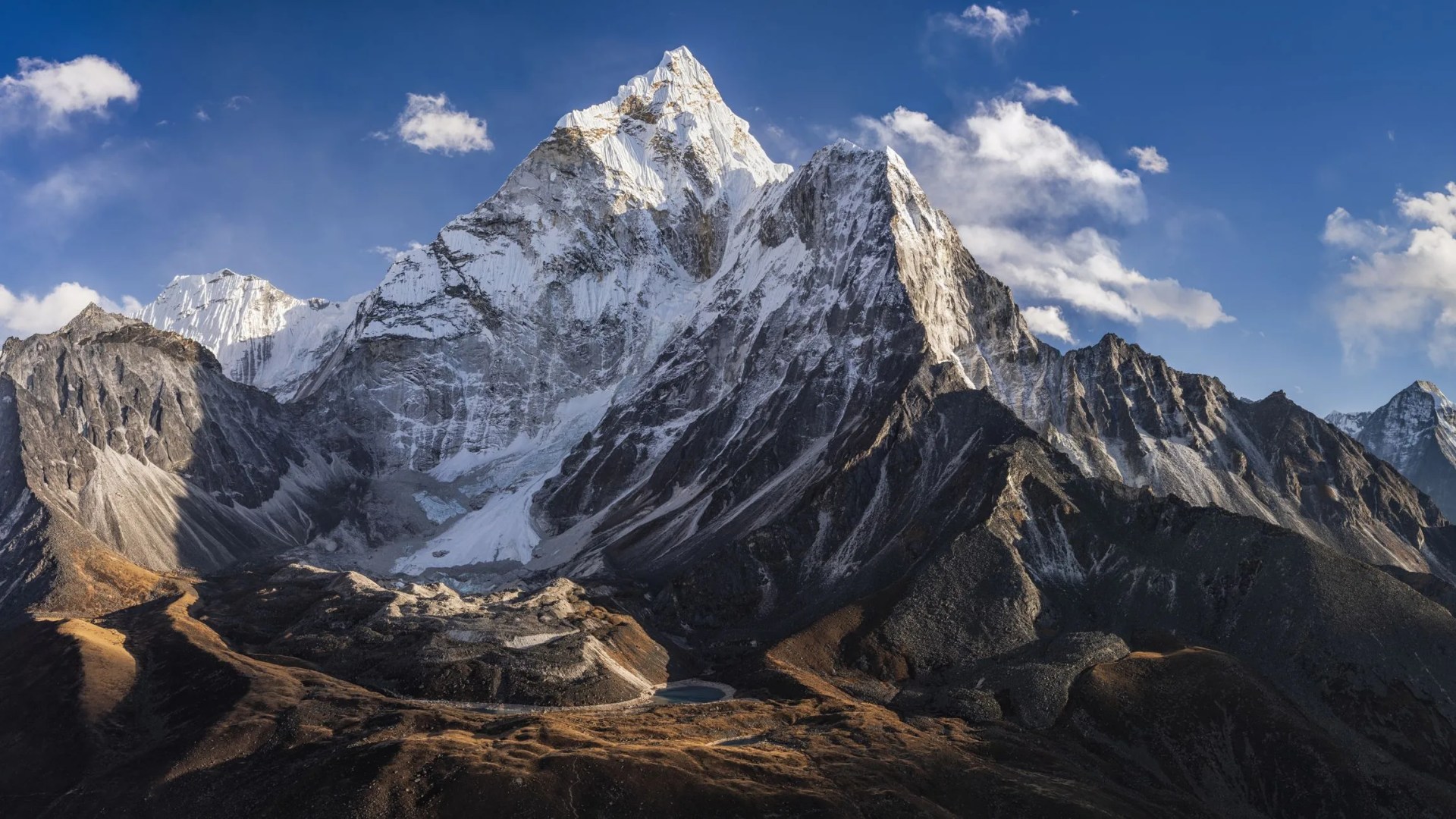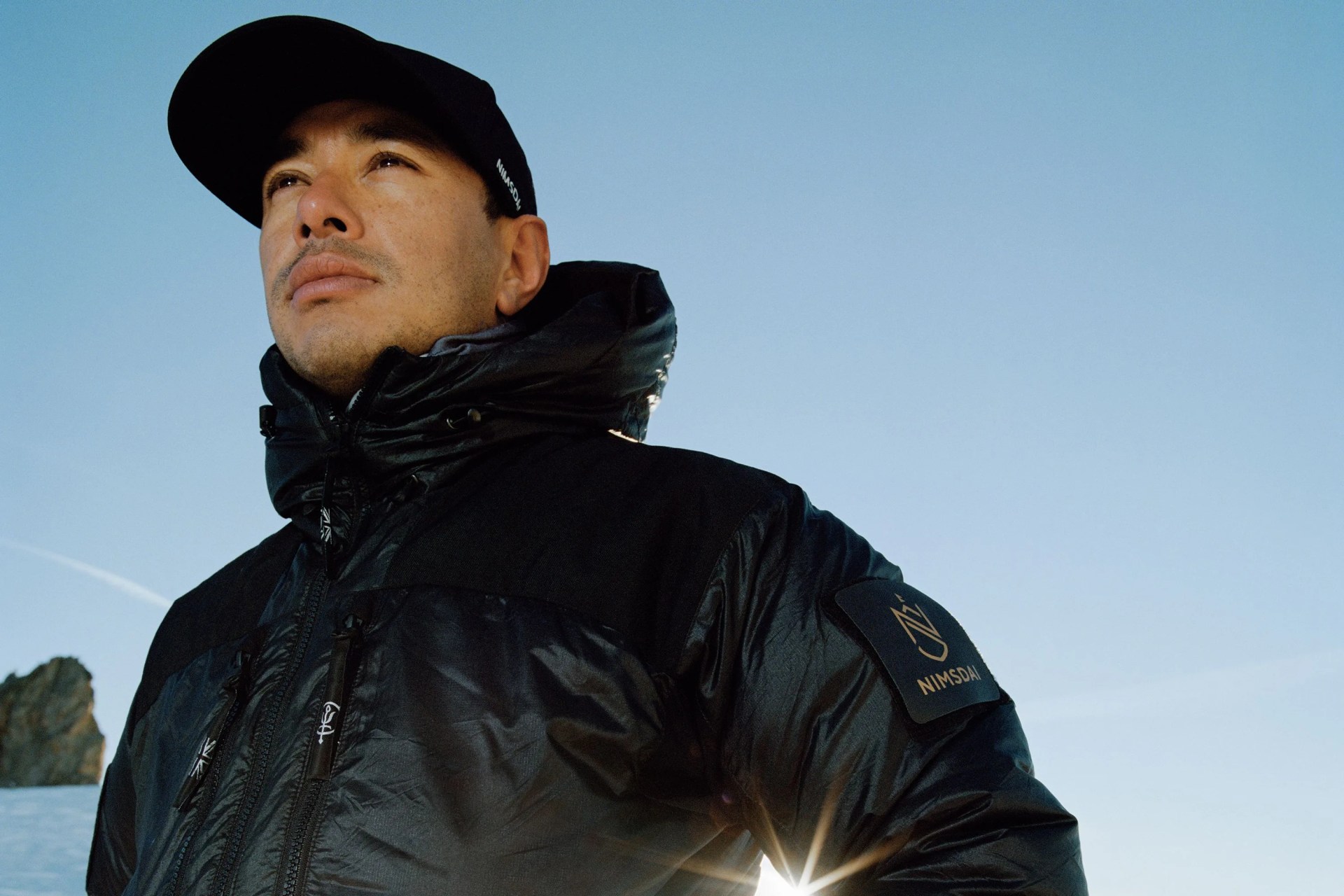“Check that out,” Nimsdai Purja says in response to a question about his workout routine, simultaneously flexing one of his biceps.
The dude’s not exactly self-effacing, but he is quite affable and approachable for a special forces vet and breaker of just about every major mountaineering record. He’s equal parts (justifiably) cocky and charming, not unlike Muhammad Ali or The Rock.
Sitting down to interview him in Geneva — thanks to his watch sponsor, Montblanc — I found his handshake to be leathery and firm, but mercifully not bone-crushing. He’s very much the kind of guy you’d want to have a drink with, but he hardly needs truth serum to share his brutally honest opinions.
Purja first came to most of the world’s attention in the 2021 Netflix film 14 Peaks: Nothing Is Impossible, which documents his attempt to summit all 14 mountain peaks on earth of altitudes over 8,000 meters in record time. (Spoiler alert: he did it in under seven months, beating the previous record of over seven years.)
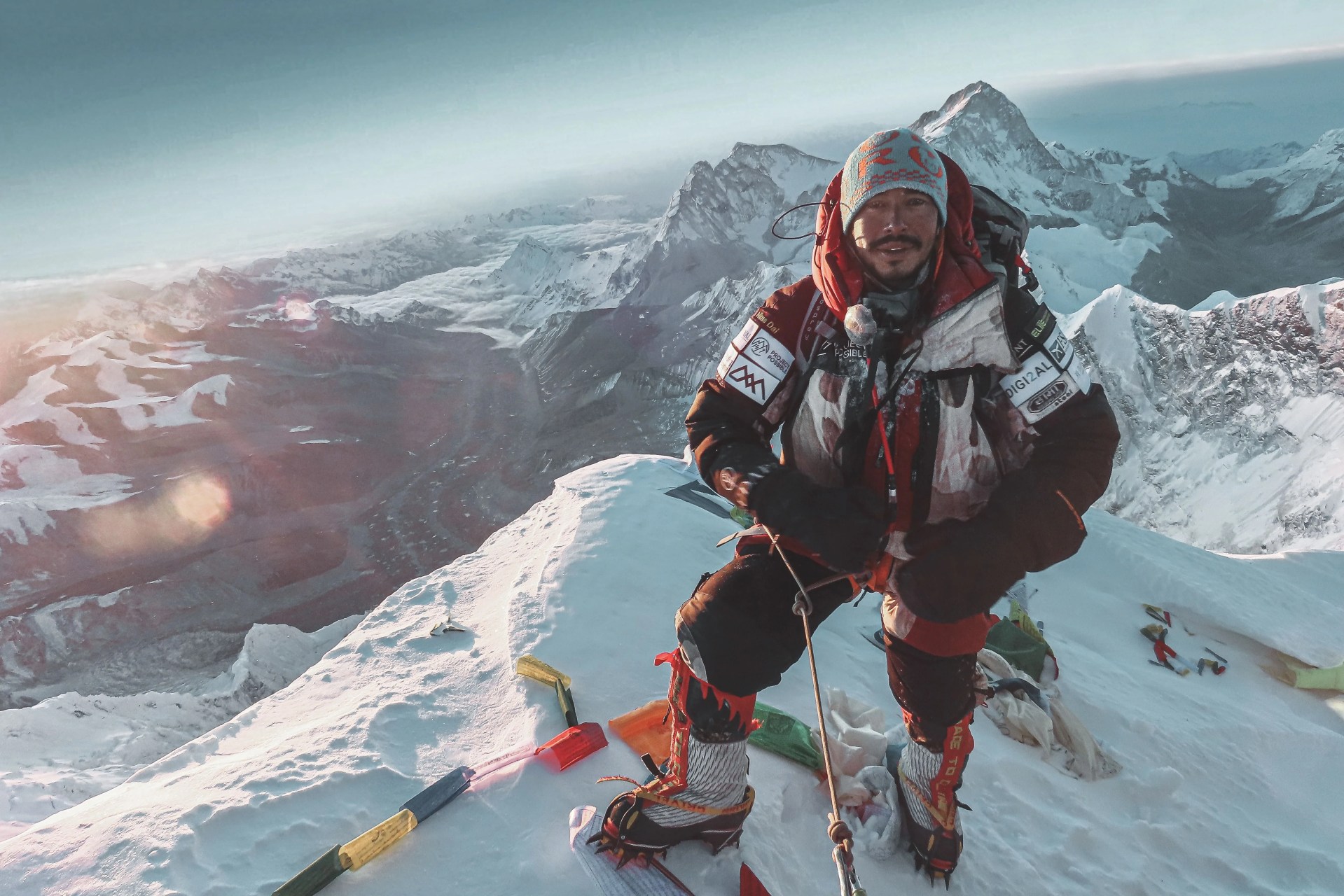 Courtesy
CourtesySince then, he has completed the first winter ascent of K2, along with nine other Nepali mountaineers, and set a new speed record for consecutively ascending the three peaks of Kangchenjunga, Everest, and Lhotse without supplemental oxygen. If anyone deserves to have the world’s 14 highest mountains tattooed on his back, it’s this guy.
But those are just the mountaineering highlights from an all-around remarkable life. Hailing from a family of Gurkhas (fierce Nepalese soldiers who are part of the British Army), Purja was one himself before joining the British Royal Navy’s Special Boat Service (SBS), which is often compared to the US Navy SEALs. He was deployed to multiple theaters of combat, and even survived a sniper bullet that struck the butt of his rifle instead of his neck during an operation.
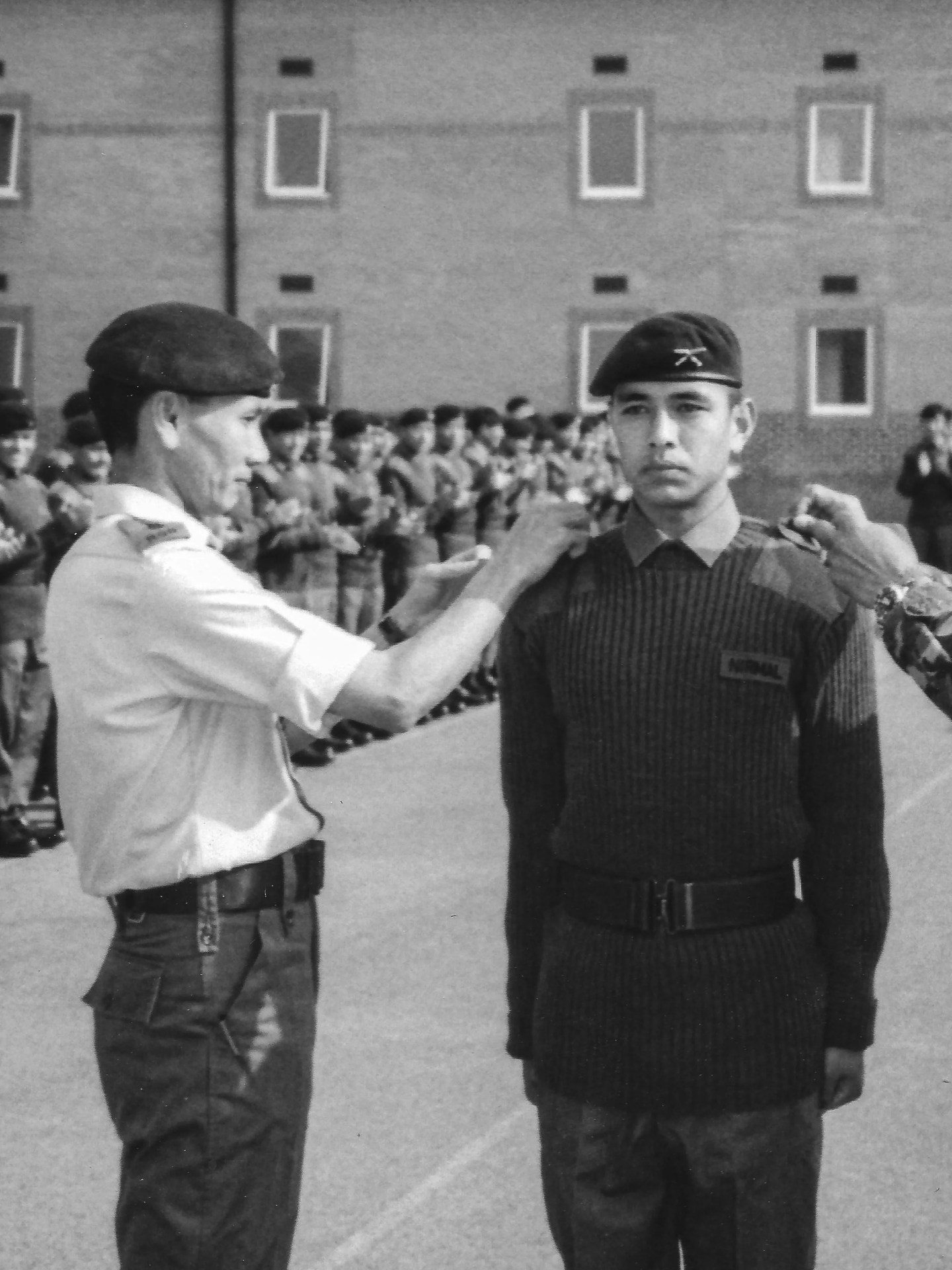
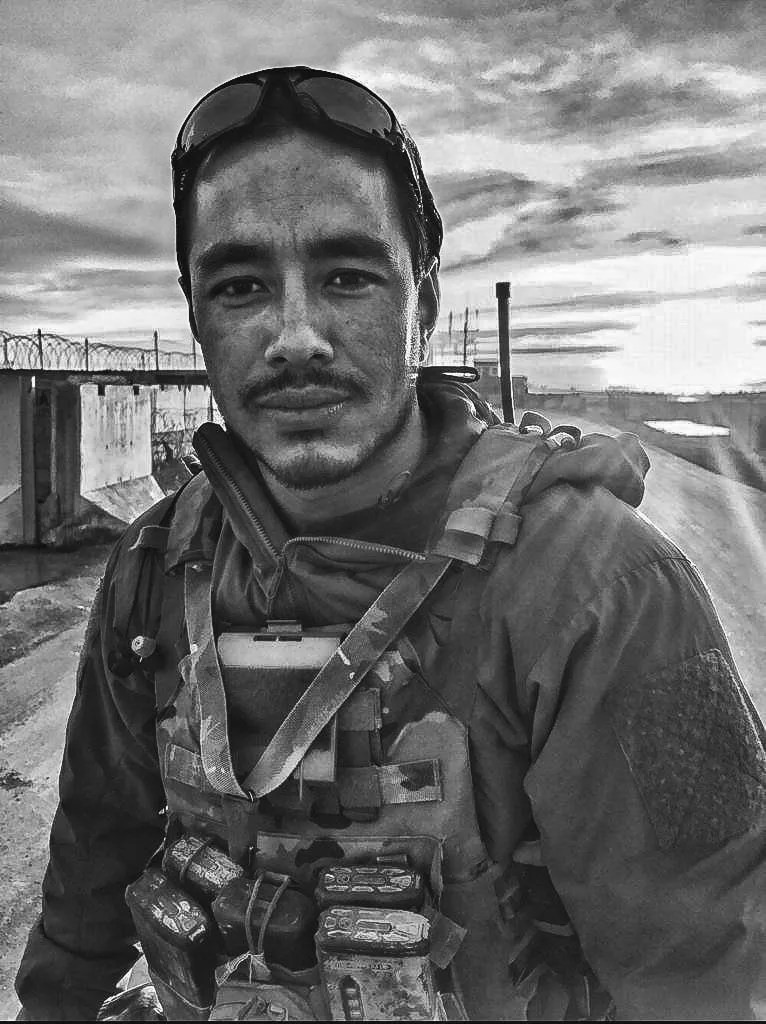
Naturally, I wanted to know how this soldier, athlete and adventurer trains, what watch he relies on, what he wants the world to know about his sport and more. Here are the highlights of our wide-ranging chat.
Can you tell me about your training routine? How has it helped you get where you are?
I think for those people who have read the book Beyond Possible or who have seen the 14 Peaks film, you know some of the many things that I’ve done to get where I am. In 200 years of history, none of the Gurkhas have ever made it to SBS, and SBS is the equivalent of SEALs in the USA, or Delta [Force].
“Downtime? What do you mean? What is that? Relaxation? Never heard of it. Next question.”
So for that, I had to wake up at one o’clock, carry a 75-pound backpack and then run 20 kilometers [12-plus miles]. Then I’d get to the community barracks, have breakfast, and then run and do the physical military training with the guys, the soldiers, and work all day again. And in the evening, I’d run that 20 kilometers back [home] again, and then I’d go to the gym and cycle 64 kilometers [nearly 40 miles].
Then, I’d do front crawl swimming in a 25-meter-length pool, like 100 times. I trained like that for six months, six days a week. I never say, “today I’m tired.” I never say, “today it’s raining.” I never say, “today it is snowing.” What I was doing in a day, many people would struggle to do in two weeks. So, yeah, I would say my success is not a coincidence.
Is the training for the military similar to that for the mountain?
To be honest, in 14 Peaks, I didn’t have the time to train because all my energy was going into fundraising. Because the project was so huge, it was impossible to the rest of the world, and nobody believed in it. So nobody was sponsoring it at first. But without the funding, you can’t go anywhere. So I had gained about, I don’t know, eight to 10 kilos [18 to 22 pounds]. I didn’t train at all, because every second that I had in a day was going to collecting the funding. But I think [climbing] was muscle memory.
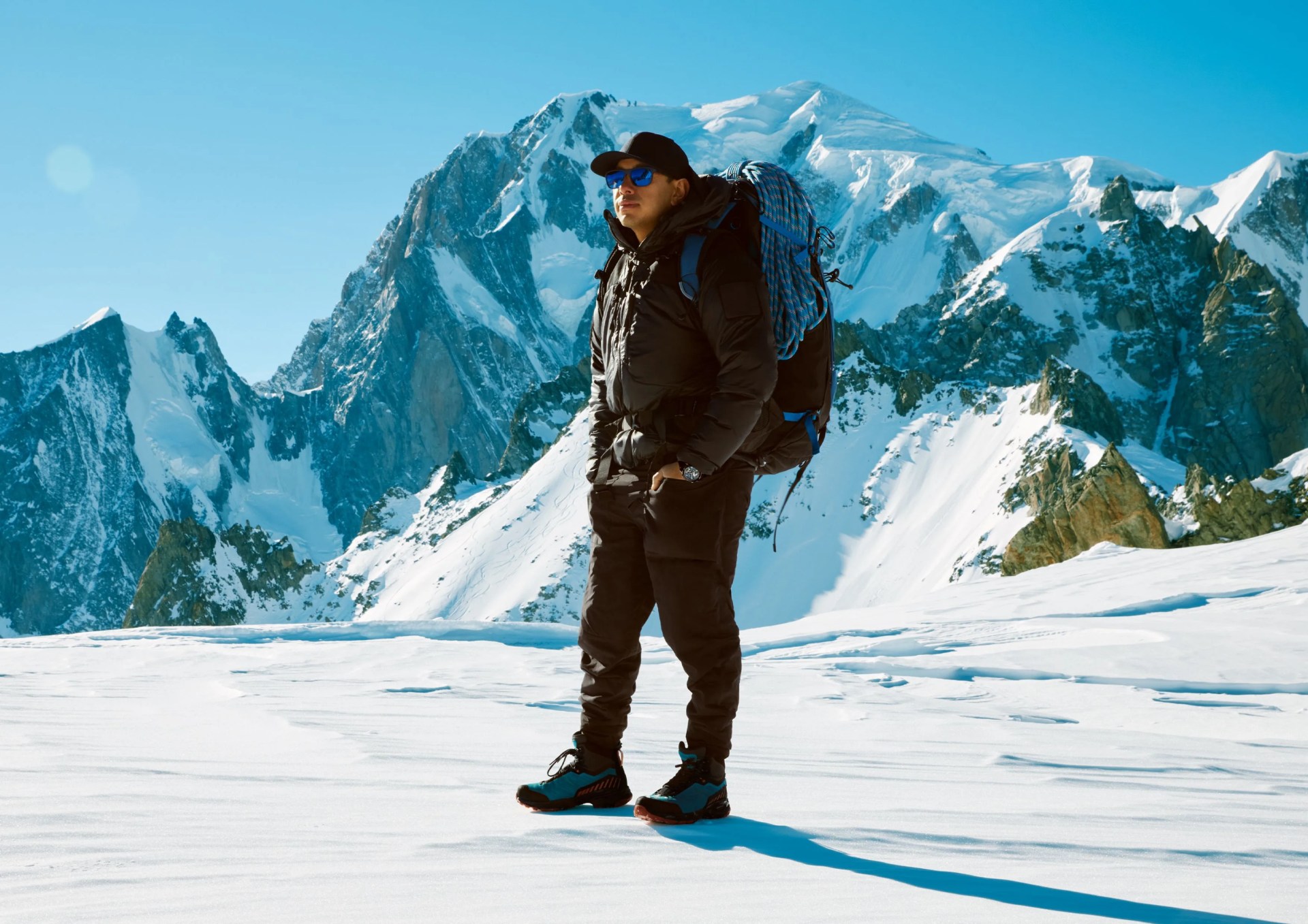 Montblanc
MontblancAre there any techniques or something you do mentally to prepare for a climb, or to deal with a particularly difficult situation?
No. Whenever I go to a mountain, I don’t judge the character of the mountain. Many people might say to themselves, “this is easy, this is small.” I don’t say, “this mountain is easy,” I’m like, “OK, this is it, Nims. You give 100 percent to this every day.” And that’s why I’m still alive.
Just to put things into perspective, people have tried 14 times to climb one 8,000-meter peak and still haven’t been able to do it. Stay humble, give 100 percent and do not judge.
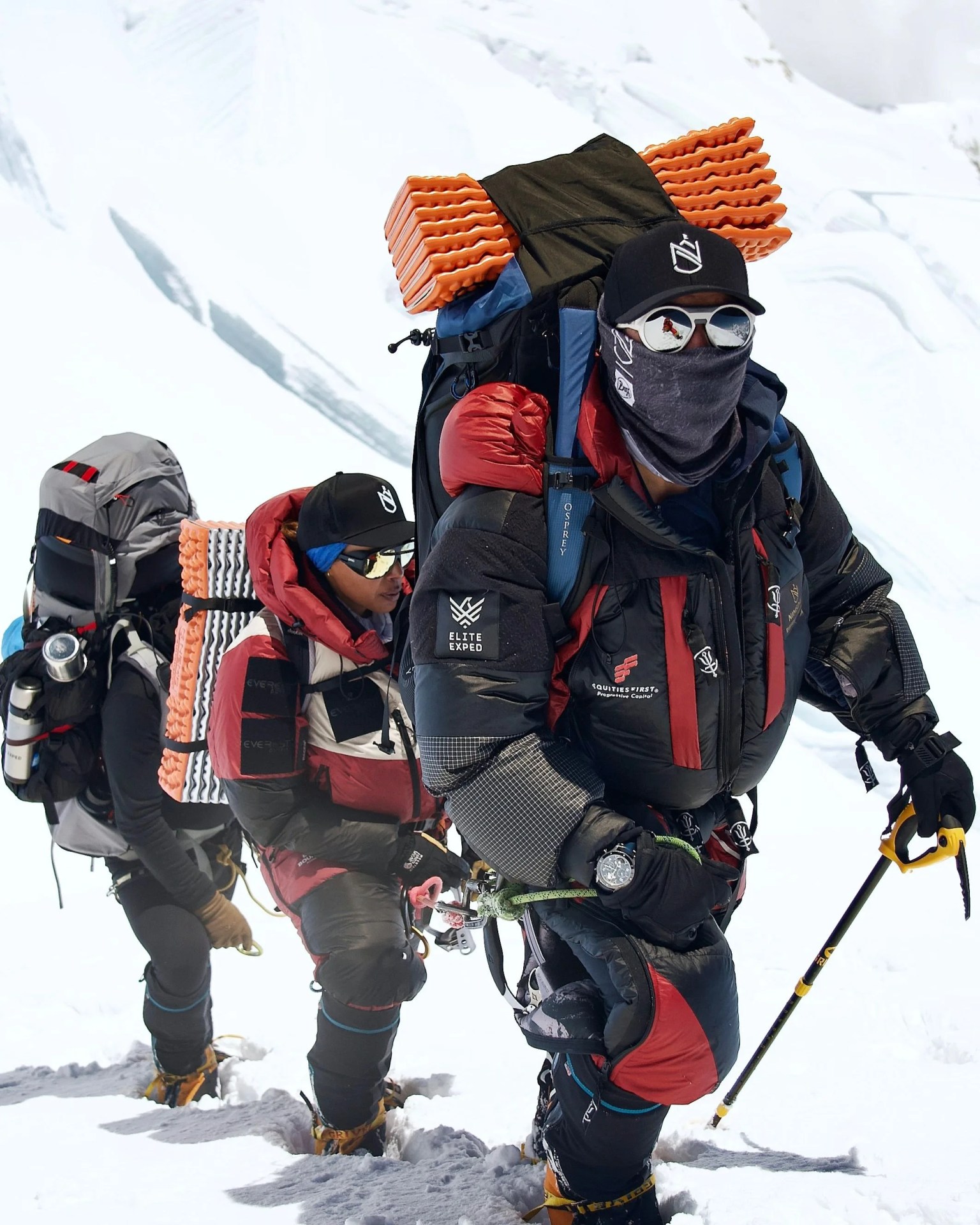 Suman Gurung
Suman GurungBeing such an energetic guy, do you enjoy downtime? How?
Downtime? What do you mean? What is that? Relaxation? Never heard of it. Next question.
No, seriously. I’m a very busy, busy person. Right now I’m not only the number one mountaineer in the world, but I also run 10 different little companies. And the timing can be very tight.
What was your scariest moment?
There is a saying: “if someone says he is not scared of dying, either he is lying or he is a Gurkha.” Nimsdai is a Gurkha. So, no, not scared at all.
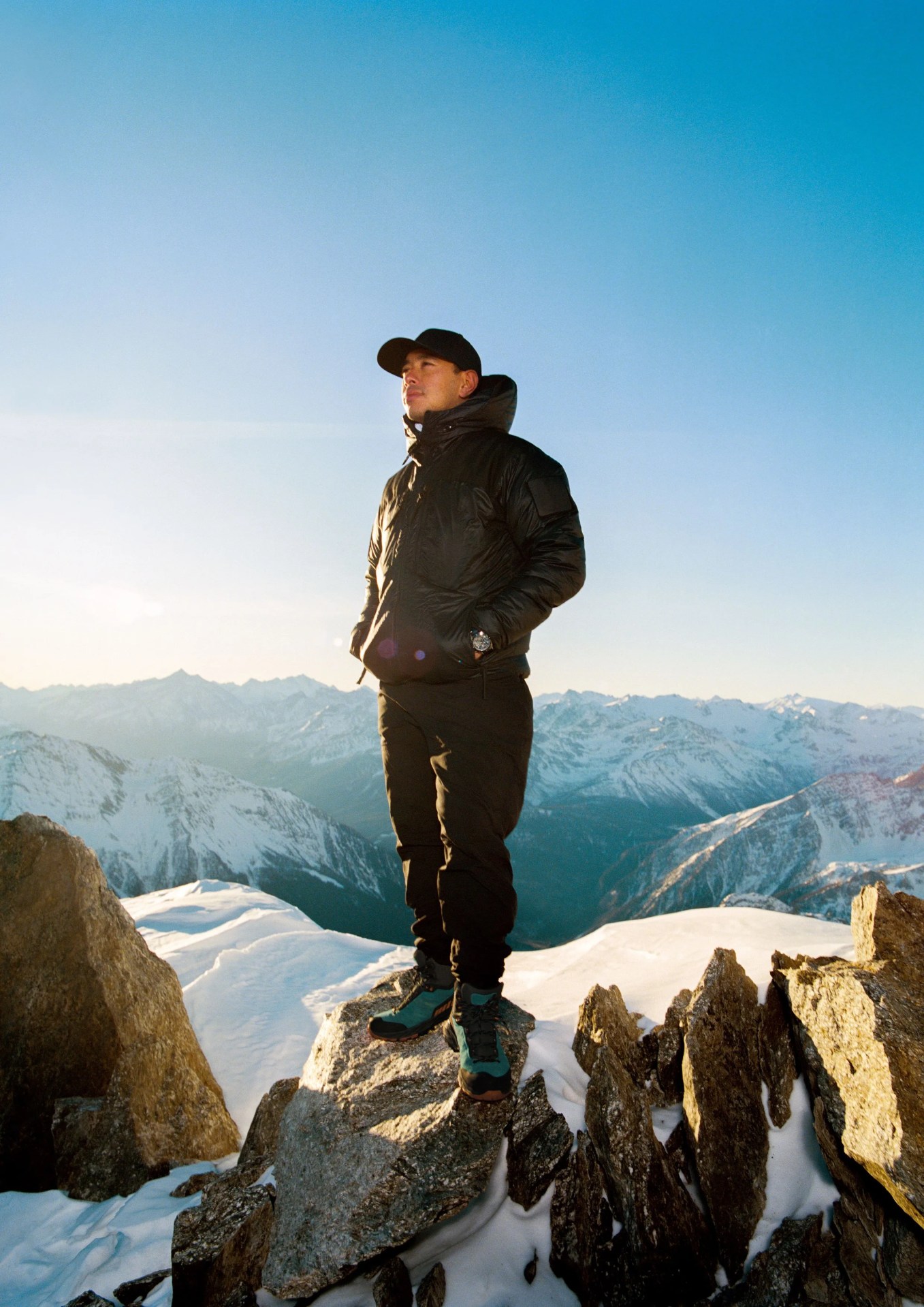
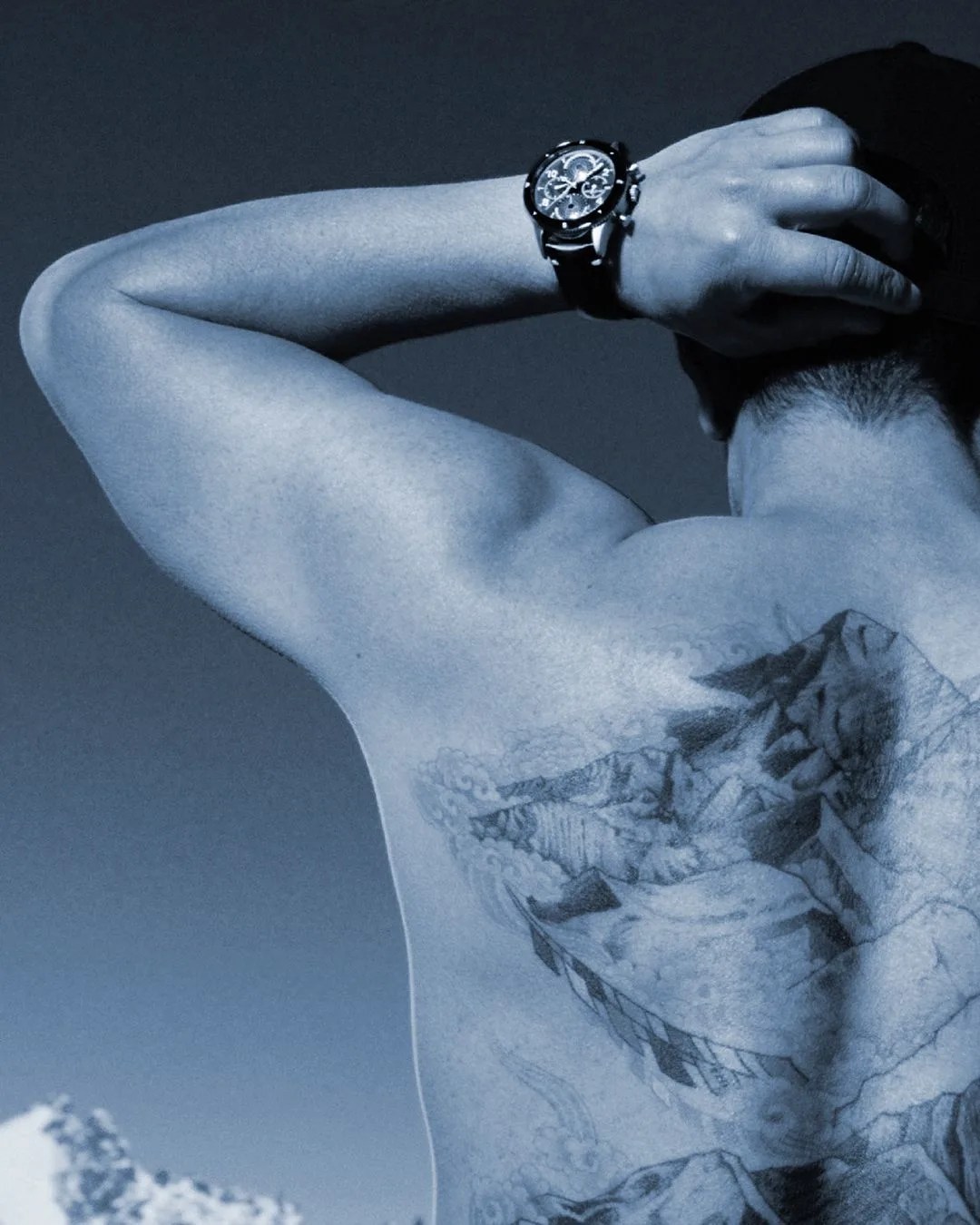
When you’re climbing the highest mountains in the world, what do you need from a watch? How is a watch used on the mountain?
Climbing 14 8,000-meter peaks in six months, six days: obviously that’s a speed record, that’s about time, right? The second one I did was climbing Everest, Lhotse and Makalu within 48 hours. That’s another world record. From a record-breaking perspective, it’s key. But also from a normal [mountaineering] perspective, timing is the essence of everything.
“If someone says he is not scared of dying, either he is lying or he is a Gurkha. Nimsdai is a Gurkha. So, no, not scared at all.”
For example, as the expedition leader, I say to everyone, “hey guys, you’ve got to wake up at one o’clock.” If people are not there and presenting and respecting the time, two things can happen: One, they could miss the weather window opportunity. The second thing is if someone turns up late, if they’re lazy, or they are not aware of the timing, the other team members could be waiting in the cold. To have a bombproof watch you can rely on, it’s essential.
You always check your watch when we start. And timing during the days can be such an important concern. But more than that, you’re going to need to know the time.
You’re wearing the Montblanc 1858 Geosphere Chronograph 0 Oxygen watch now. What can you tell me about it?
The watch I’ve got right now is the first of its kind because there is no oxygen in it. It doesn’t frost, and you never see it get foggy. But more than that, it’s a beautiful timepiece.
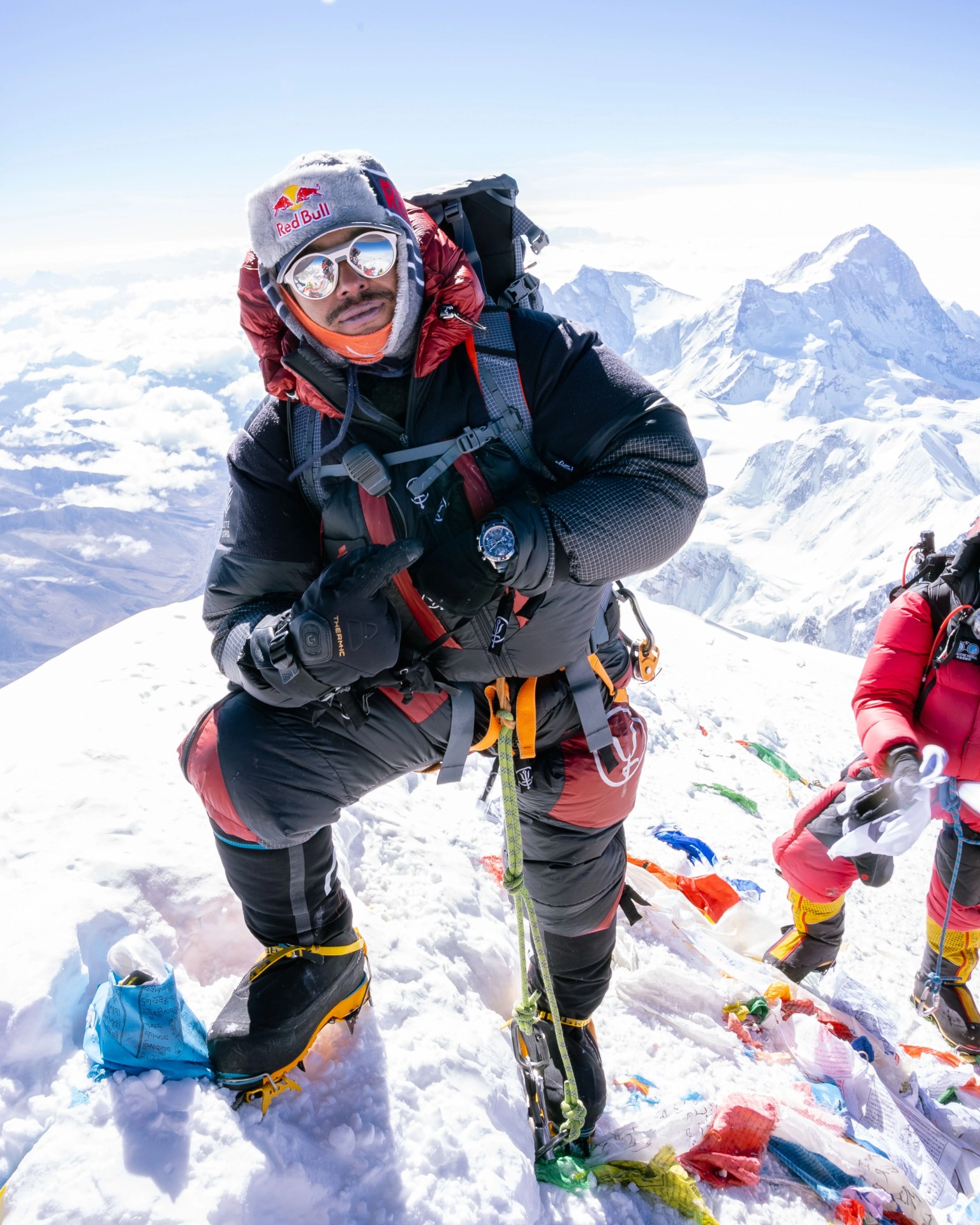
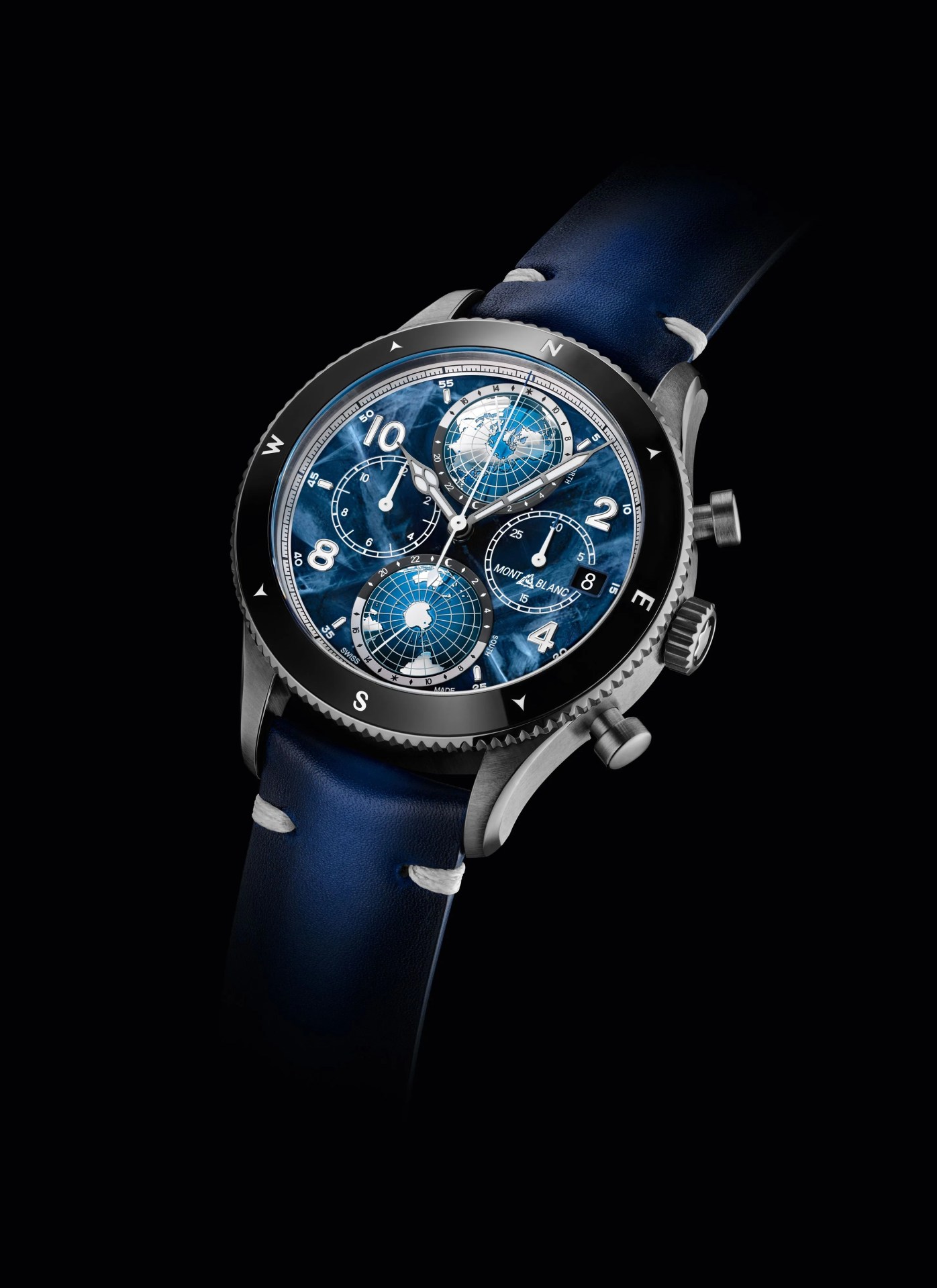
Have you ever had a watch fog up on you on the mountain?
Yeah, it happens.
Has there ever been a time that a watch has played a particularly important role for you? Or a time that a watch has failed you?
Not really, mate. You’re speaking with the completely wrong guy. Because I can even look at the sun, time everything through the sun. Special forces, brother. Sorry, that’s the wrong question.
Or maybe I didn’t give you the right answer, what people were expecting. I say it how it is. Of course, the big thing here is that time is of the essence. People have to be respectful of the time. And if you’re going to wear a watch to keep the time, why wouldn’t you wear the best one, right? I’m taking pride in this watch, and I don’t say things I don’t feel, as you probably have noticed. Authenticity, bro. Like, telling things as they are is key.
I’m the toughest guy on the planet right now, and there’s only one Nimsdai. And if I represent something, it has to be of that nature. As simple as that. Nothing more, nothing less.
